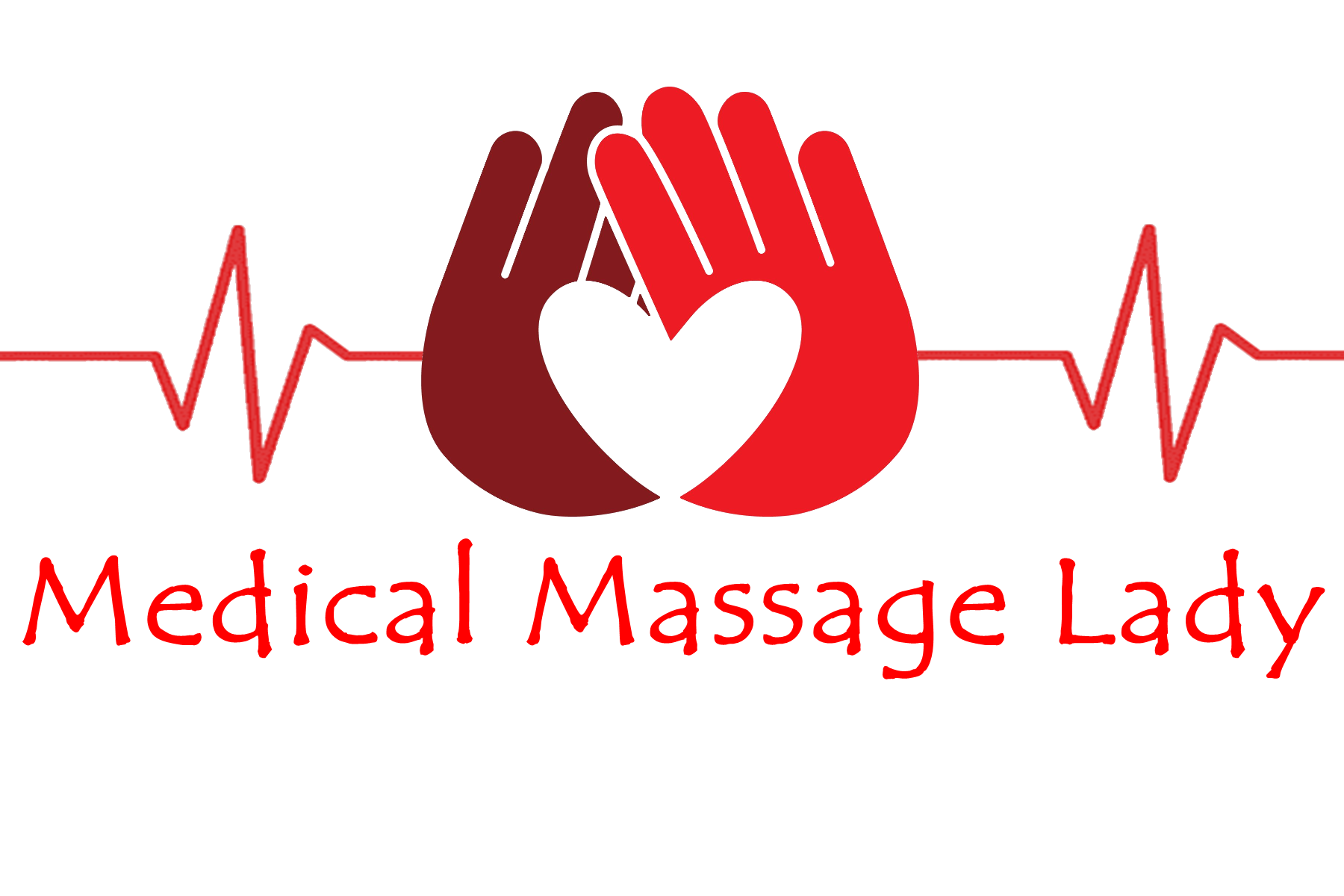- 07736 104738
- sam@medicalmassagelady.com
- Mon - Sat, 8:00 - 18:30
MASSAGE FOR CLIENTS WITH SHORTNESS OF BREATH DUE TO COVID-19
Given the fact that COVID-19 has been a global pandemic, it is inevitable that as a massage therapist I will encounter clients who are potentially still recovering from long COVID symptoms which may develop into long COVID syndrome. As always contraindications to treatment must be ruled out, but clients with long COVID who are no longer in quarantine, can aid their recovery through massage.
Research has shown that between 10 and 30% of recovered COVID-19 infections produce common long term symptoms include fatigue (69%), breathlessness (53%), cough (34%) and depression (14.6%). Approximately 8% of patients are no longer able to participate in everyday activities.Even the clients who have not suffered with COVID often show signs of chronic stress and PTSD, becoming stuck in the fight or flight response of the sympathetic nervous system or alternating from sympathetic to parasympathetic in an uncontrollable manner. This is often characterised by headaches, fatigue, brain fog, digestive problems, heart palpitations, joint or muscle pains, loss of taste and smell and muscle hypertension, and is even more likely in those with long COVID.
This is where the benefits of massage for COVID are similar to those clients with unresolved trauma and PTSD, helping to regulate the nervous systems, release muscle tension and promote circulation, allowing the parasympathetic system to take over. Additional techniques such as psoas and diaphragm release, ancillary breathing muscle releases, and breathwork can further help.
Massage can help with functional symptoms where the nervous system misfires muscles, but may or may not be able to ease structural symptoms where the tissue is damaged.
FUNCTIONAL SYMPTOMS include:-
- joint and muscle pain from protective compression
- headaches due to jaw clenching and teeth grinding
- coughing due to tight sternocleidomastoid muscles
- breathing difficulties due to fatigued diaphragm and intercostal muscles
STRUCTURAL SYMPTOMS include:-
- breathing difficulties due to damaged lung tissue
- headaches due to neurological damage or degeneration
- loss of taste or smell due to neurological damage or degeneration
- digestive issues due to damaged gastrointestinal lining
How Can Massage Help with Long Covid Headaches?
Headaches can occur due to tension, usually in the jaw, neck and shoulder muscles, or as a result of neurological dysfunction (migraines).
COVID headaches may be due to muscle tension and chronic stress, but neurological issues are known to arise with the virus, meaning that migraines may occur for the first time in the clients life. Trigger points in the jaw muscles, scalenes, sternocleidomastoid, trapezius, levator scapulae, suboccipital and frontalis muscles can all cause headaches or referred pain to other areas. These are areas that can be worked on.
Working on Compensatory Muscle Patterns
Some of us who have had symptomatic COVID will understand the severe fatigue, shortness of breath, fever and body aches, but a hospitalized client may have been bedridden for days, weeks or longer, possibly intubated. Various compensatory breathing patterns will need to be addressed, where ancillary breathing muscles have compensated for a fatigued diaphragm. The serratus muscles may be particularly tight due to forced exhalation through coughing and also being used for breathing. It may be that prior to starting any specific work on these muscles, that one or two full body relaxation sessions will be needed to start the process of leaving survival mode and regulating the nervous system. Then once clients participate in a more normal routine, there should be follow ups to address any injuries that arise from pushing themselves too hard to recover.
Also one must not underestimate the need, in addition to gaining relief from physical symptoms, of a therapeutic environment to enable the client to offload their feelings about being sick, which may have previously been unexpressed.

Breathing MusclesThe COVID kills healthy cells in the replication process due to its ability to connect to ACE2 receptors, found in the lungs, heart, blood vessels, kidneys, liver and gastrointestinal tract. The easiest route for the virus is via the lungs, which become damaged, fill with fluid and consequently pneumonia sets in, makes it more difficult to oxygenate the tissues of the body. Breathing becomes more difficult, the diaphragm then becomes more fatigued and the ancillary respiratory muscles (intercostals, scalenes, sternocleidomastoid, pectorals, trapezoids, abdominals and serratus) compensate to do a job that they were not designed to do. The longer this pattern continues, the more it becomes normalised , so the brain has to be rewired, rather like in cases of unresolved trauma, to enable relaxed diaphragmatic breathing, where the ribcage expands and contracts.
Using light compression on the abdominal muscles following diaphragmatic work can remove the capacity of the abdomen to enable respiration, hence the brain has to find an alternative means via the diaphragm. If this work brings about panic and anxiety, this abdominal compression will need to be introduced slowly.
The Diaphragm

is only possible at the attachment points of the diaphragm and access may be impeded by the abdominal muscles, but with gentle inhalation and exhalation, further access under the ribs may be possible.
Every client with long COVID will be affected in different ways and there is no guarantee that every case will return to normal everyday activities, but massage can make the symptoms at least more manageable.




